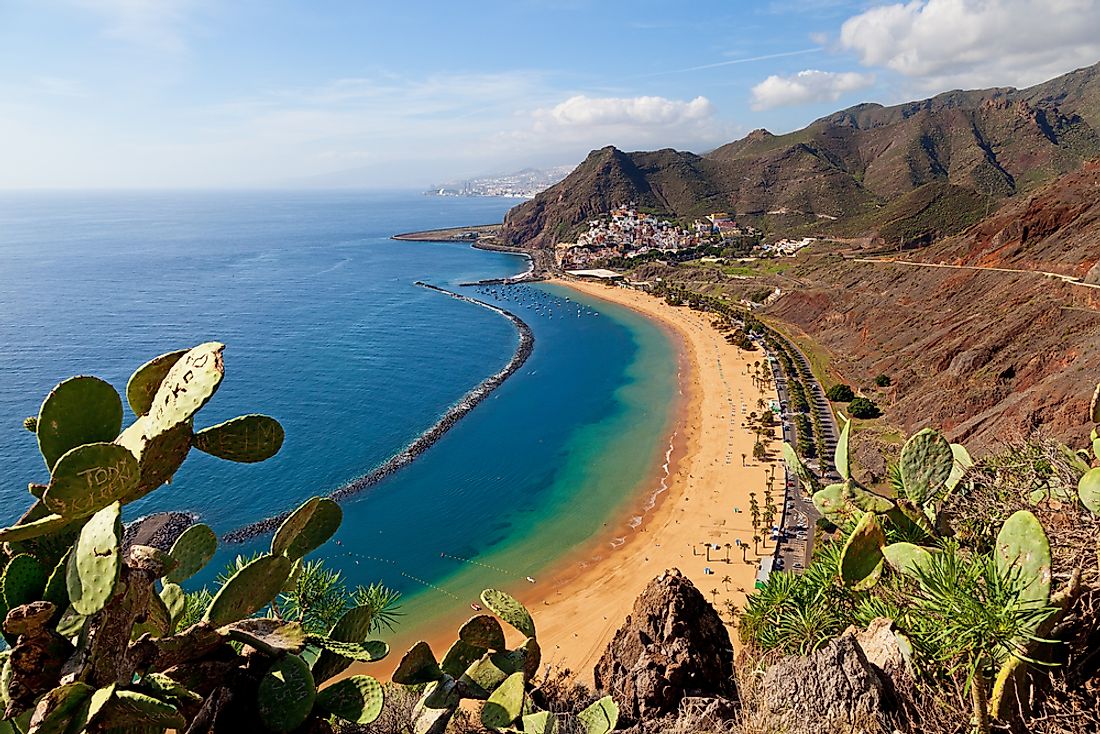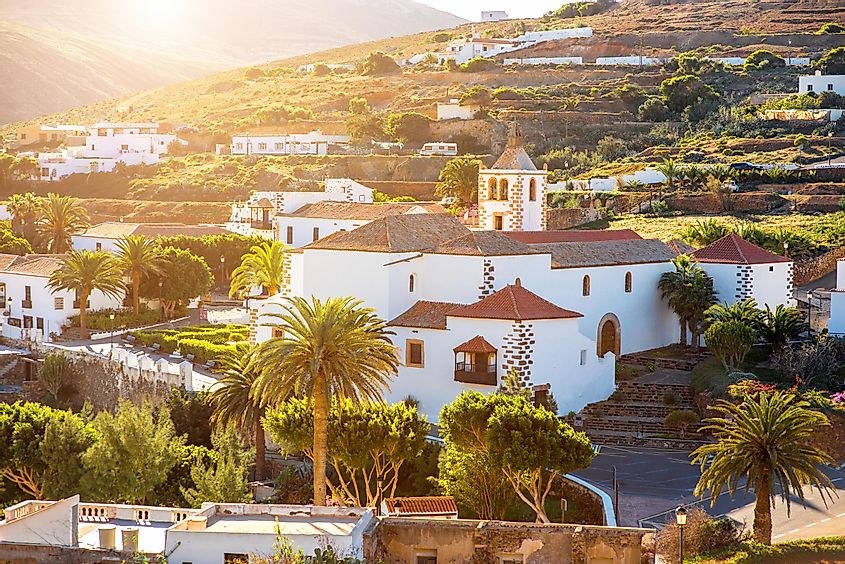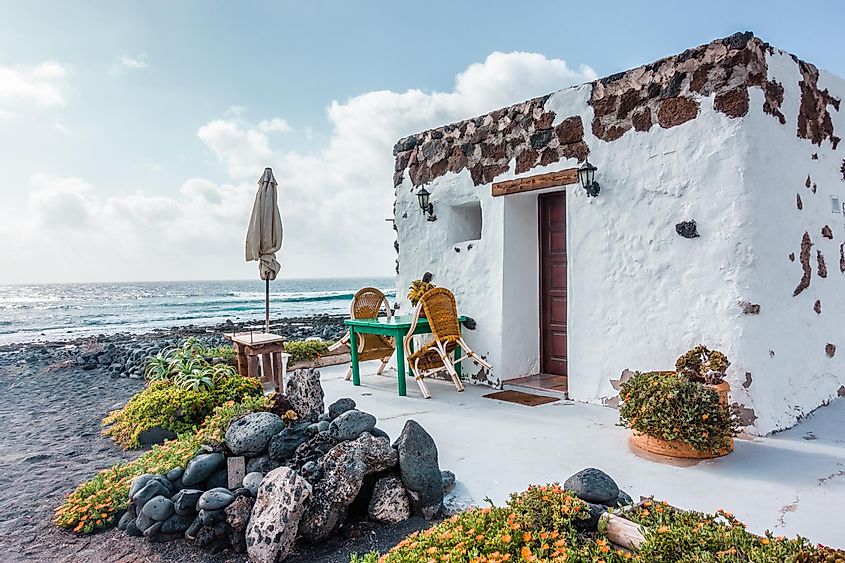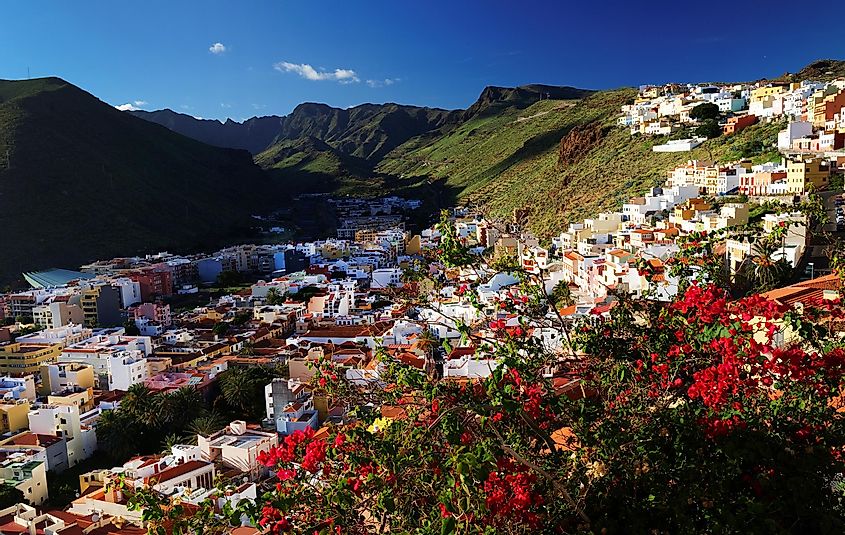The Seven Main Islands Of The Canary Islands

An archipelago in the Atlantic Ocean, the Canary Islands is a Spanish autonomous community. The archipelago is located 100 km to the west of Morocco. It is composed of seven main islands that serve as major tourist destinations, and also other smaller islands and islets. The archipelago is thus one of the European Union’s outermost regions. Here, we discuss the important features of the seven largest islands of the Canary Islands.
The Seven Main Islands Of The Canary Islands
1. Tenerife
Occupying an area of 2,034.38 square km, the Tenerife island is the biggest and the most populous of the Canary Islands. The population of the island is 898,680, which accounts for about 43% of the total population of the archipelago. The island is visited by about 5 million tourists each year and hosts a famous carnival, called the Carnival of Santa Cruz de Tenerife. Santa Cruz de Tenerife serves as the island’s capital. Two airports are located on Tenerife. The city of Laguna on the island is a World Heritage Site and also houses the archipelago’s oldest university, the University of La Laguna. The Teide National Park on the island hosts the Teide volcano which is the highest elevation in Spain. The Macizo de Anaga on the island is famous for its endemic species and is a UNESCO Biosphere Reserve.
2. Fuerteventura

A UNESCO Biosphere Reserve, the Fuerteventura is the second-largest island in the Canary Islands archipelago. The island occupies an area of 1,660 square km and hosts a population of 103,492 (as of 2010). The city of Puerto del Rosario is the capital of the island. The island is home to unique flora and fauna, and the Canarian Egyptian vultures, geckos, barbary ground squirrels, swifts, finches, collared doves are some of the most notable species living on the island. The island is an extremely popular tourist destination but despite the developmental activities on the island, it has managed to retain its rugged, natural beauty. Excellent sandy beaches are found at many locations on Fuerteventura.
3. Gran Canaria
The 1,560.1-square km Gran Canaria island is one of the seven major islands of the Canary Islands archipelago. It hosts a population of 845,676, as of 2010. The Las Palmas de Gran Canaria serves as the island’s capital city. Agriculture and tourism are the two most important components of the island’s economy. Sugarcane cultivation takes place extensively on the island. Due to the great variety of landscapes and climate found on the island, the Gran Canaria is sometimes referred to as a "Miniature Continent." The island receives a large number of tourists annually. In 2014, 3.6 million tourists visited Gran Canaria.
4. Lanzarote

The Lanzarote island is the fourth biggest island in the Canary Islands in terms of size and the third most populated in the archipelago. The island occupies an area of 845.94 square km and houses 141,437 people. Arrecife is the capital of this island. Like most other islands in the area, tourism and agriculture are the biggest contributors to Lanzarote’s GDP. The Arrecife Airport is an international airport on the island that remains busy all year round due to the high tourist footfall. 500 species of plants including 17 endemics grow here. Some rare and endemic fauna like the Canarian Egyptian vulture and Gallotia lizards are also found here.
5. La Palma
The La Palma island covers an area of 708.32 square km and is the most north-westerly island of the archipelago. As of 2010, the island hosts a population of 86,324. The Santa Cruz de la Palma is the capital of the island. Agriculture and tourism form the backbone of the economy of La Palma. Bananas, avocados, oranges, and grapes are the top agricultural products. The island has a rich diversity of flora and fauna including several endemic species. The La Palma giant lizard, Canary Islands chiffchaff and Canary Islands quail are some of the endemic birds found on this island.
6. La Gomera

Occupying an area of 369.76 square km, La Gomera is the sixth biggest island of the Canary Islands archipelago. The island belongs to the Santa Cruz de Tenerife province and is divided into six municipalities. San Sebastián de La Gomera serves as its capital city. Barrancos or deep ravines cut through the island at various locations. The UNESCO World Heritage Site of the Garajonay National Park is located on this island. La Gomera also has a unique culture and is known for the indigenous whistled language which is an ancient means of communication to connect with people across the deep ravines. As of 2010, the population of La Gomera is 22,776.
7. El Hierro
The El Hierro island is the smallest of the seven major islands of the Canary Islands. It covers an area of 268.71 square km. Valverde is the capital of this island and it houses a population of 10,960 (as of 2010). El Hierro is well-known for its unique flora and fauna, including the endangered El Hierro giant lizard. The island is a UNESCO Biosphere Reserve with 60% of its area being protected for conservation purposes. El Hierro is served by the El Hierro Airport located in its capital city. Tourism is an important industry on the island.







